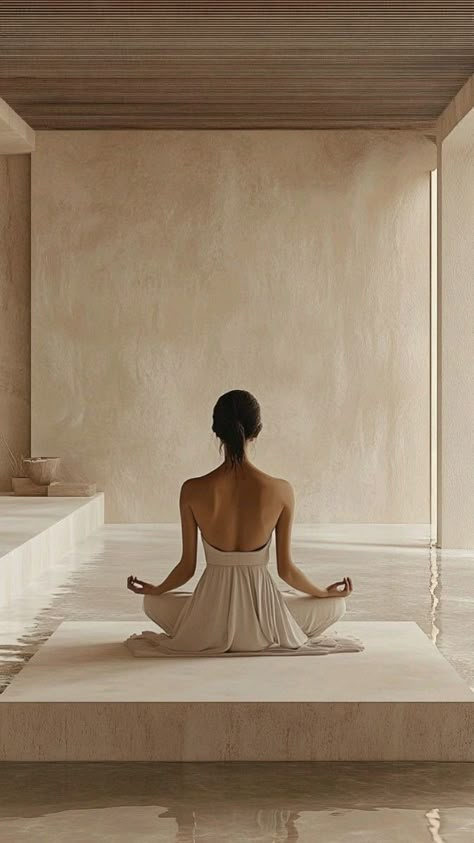
Anastasia Hisel
Enhance Sleep Quality Year-Round for Better Wellbeing
It begins in the quiet moments—those precious minutes after slipping between cool Egyptian cotton sheets, the soft hum of evening sounds lulling the soul. In a world where productivity is worshipped and burnout flaunted as a badge of honor, sleep remains both a luxury and a necessity. Not merely the act of closing one’s eyes, but an exquisite ritual that holds the key to mental clarity, physical vitality, and emotional resilience. And yet, despite its pivotal role, sleep is often relegated to the sidelines, an afterthought in a life of deadlines, social calendars, and digital cacophony.
As seasons shift, our circadian rhythms—the body’s internal timekeepers—struggle to keep pace. Spring’s early dawns, summer’s late sunsets, autumn’s melancholy shadows, and winter’s drawn-out nights each present their own physiological challenges. It is within these fluctuations that true sleep wellness must be cultivated, not through rigid discipline or quick fixes, but through curated experiences and subtle recalibrations that elevate rest into something intentional and restorative. The benefits of sleep cannot be overstated; it supports cognitive function, hormonal balance, and immune response, and even plays a role in longevity. Yet enhancing sleep year-round calls for a multi-sensory, deeply personal approach influenced by culture, science, and environment.
In our modern lives, marked by constant stimulation and shifting screens, reclaiming sleep begins with redefining its worth. According to Dr. Whitney Roban, a clinical psychologist specializing in sleep, “Making sleep a cornerstone of wellness isn’t just about quantity, but the continuity and depth of each cycle.” And this is where the elevation of sleep takes form—not as a reaction but as a commitment. For those who value aesthetic living, there’s an opportunity to curate our environment just as artfully as we do our diets, wardrobes, and travel. Think beyond blackout curtains and into tactile experiences—hand-poured essential oil candles infused with French lavender, linen duvet covers designed in alignment with temperature-regulating fabric technology, ambient sound installations that mimic natural biophony. Each element becomes intentional, fostering a sleep space that supports the body’s rhythms and reinforces the mind’s capacity to unwind.
Throughout the day, our choices prepare us—or derail us—for rest. Evening rituals, though varied by culture and lifestyle, share a sacred common thread: transition. Across Japan and Scandinavia, traditions such as bathing rituals and sauna followed by cold immersion are not indulgences, but essential markers of closing the day. These rituals create spatial and psychological distance between work and rest, allowing cortisol levels to drop and melatonin to rise naturally. Crafting your own transition doesn’t demand elaborate routines; it may simply require consistency and sensory delicacy. That could mean slipping into a silk robe, sipping tea with adaptogenic herbs, or engaging in breath-focused meditation. What matters most is intention—the willingness to treat the prelude to sleep with the same reverence typically reserved for the day’s highlights.
True sleep wellness, though, extends far beyond the bedroom. Movement, exposure to sunlight, and mindful consumption all shape the architecture of sleep before night even falls. Morning walks in natural light recalibrate the body’s internal clock, while limiting caffeine past noon can significantly improve deep non-REM sleep. Nutrition, too, plays an indisputable part. Magnesium-rich foods such as almonds and dark leafy greens help relax the nervous system, while L-theanine—a compound found in green tea—can quiet mental overstimulation. These details may feel invisible, yet their impact reverberates. The body remembers everything, and when nourished properly, it pays dividends in the quality of rest.
For many, travel and shifting time zones disrupt this fragile equilibrium. Whether on a red-eye to Singapore or a boutique vineyard retreat in Bordeaux, keeping circadian stability requires practice and personalization. Renowned sleep expert Dr. Matthew Walker advises, “The key to adapting quickly is anchoring your new schedule to the local light-dark cycle as soon as possible.” That means avoiding indoor confinement when arriving to a new timezone and embracing the rhythm of the destination—even when it feels counterintuitive. Luxury hotels have caught on, offering sleep concierge services with pillow menus, circadian lighting systems, and optional melatonin micro-dosing. These small yet sophisticated touches respect the traveler’s need for continuity without sacrificing comfort.
Ultimately, the pursuit of better sleep is not about optimization for the sake of productivity, but a recalibration toward presence. In prioritizing rejuvenation, we subtly shift the cultural narrative from burnout to balance. And as the seasons evolve, so too should our rituals. Summer may call for breezy linen pajamas and cooling herbal infusions, while winter invites weighted blankets and warming spices. Each choice, however subtle, is an invitation to reconnect—with the body’s cyclical wisdom, with the changing environment, and with an inner stillness that modern life rarely grants.
In the end, sleep needn’t be treated as downtime. It is, in many ways, the purest investment—yielding clarity, energy, and resilience with every cycle. By honoring each phase of the year with thoughtful sleep habits and sensory consideration, we do more than just rest well. We live well. And in a curated life defined by quality and awareness, that is perhaps the most vital luxury we can afford.


